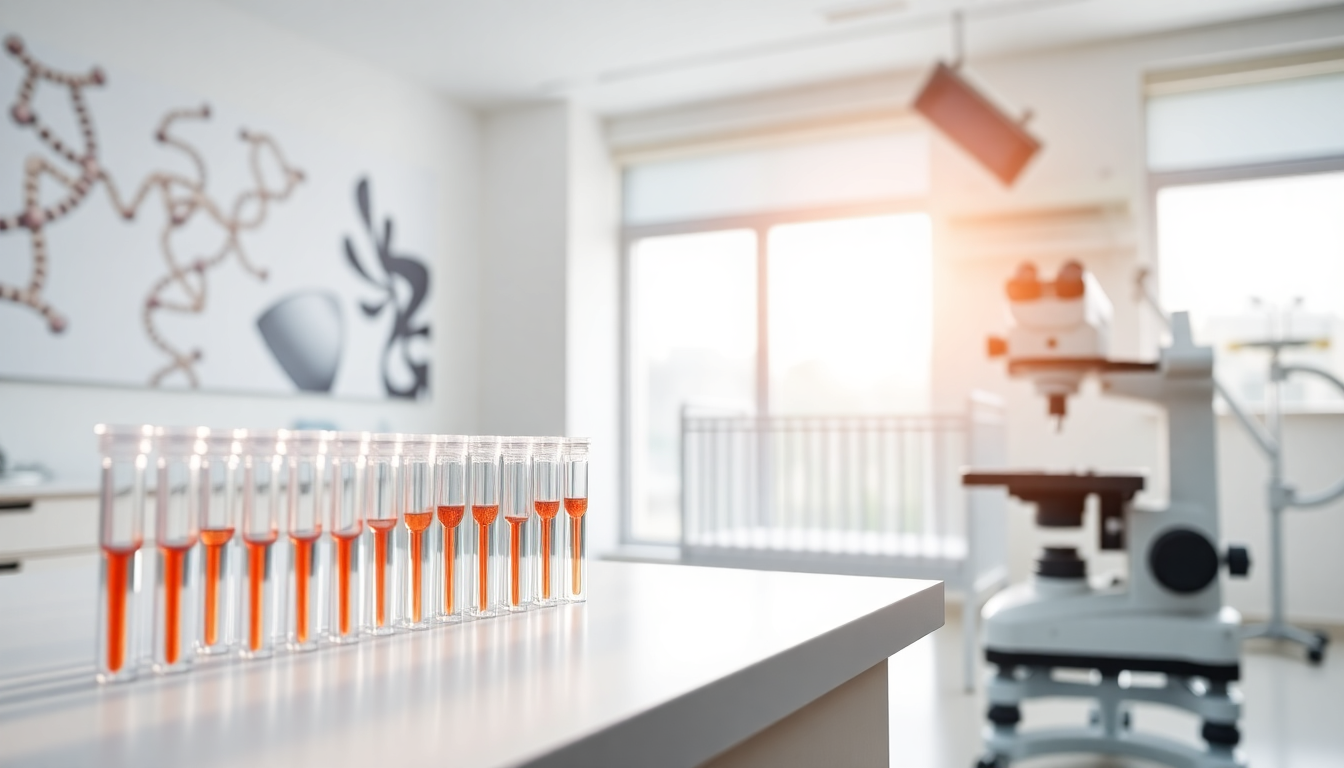Table of Contents
In an exciting breakthrough for reproductive medicine, a revolutionary IVF technique has emerged, leveraging DNA from three individuals—the mother, the father, and a healthy donor. This innovative approach seeks to tackle mitochondrial diseases, which can have serious health impacts on those affected. The successful births of eight healthy babies in the United Kingdom highlight the potential of this technology, offering hope to families facing the daunting challenges of genetic disorders.
What’s the Buzz About This Technique?
So, what exactly does this new IVF method entail? Approved in the UK back in 2015, it combines mitochondrial DNA from a donor’s egg with the mother’s egg and father’s sperm. Sometimes referred to as the creation of “three-parent babies,” it’s crucial to note that only about 0.1% of the baby’s DNA comes from the donor. This technique aims to significantly decrease the likelihood of passing on mitochondrial diseases, which affect roughly one in 5,000 births and currently have no effective treatments.
Recent studies published in the New England Journal of Medicine by experts from Newcastle University and Monash University shine a light on this world-first trial. Out of 22 women treated at the Newcastle Fertility Centre, eight babies were born successfully, now ranging from under six months to over two years old. This outcome not only demonstrates the technique’s viability but also its potential to change lives for families dealing with mitochondrial diseases.
What Do the Results Mean for Health?
The health of these newborns is, without a doubt, a crucial aspect of this breakthrough. For six of the babies born via this method, the mutated mitochondrial DNA was reduced by an astonishing 95-100%. The other two babies also showed significant progress, with reductions of 77-88%, bringing their levels below the disease-causing threshold. These results are not just promising; they hint at a future where debilitating genetic conditions could be effectively prevented.
While the immediate health of these children seems stable, their long-term wellbeing will be closely monitored. This ongoing observation is essential, as it will provide critical insights into the effectiveness and safety of these advanced reproductive technologies. The prospect of these children living healthy lives represents a remarkable step forward in the realm of genetic medicine.
Ethics and What Lies Ahead
Despite the encouraging outcomes, this procedure has stirred controversy and remains unapproved in several countries, including the United States and France. Critics voice ethical concerns, especially regarding the destruction of human embryos and the potential for creating “designer babies.” These discussions underline the importance of thoughtful dialogue surrounding the ethical implications of cutting-edge reproductive techniques.
However, supporters argue that for families grappling with the harsh realities of mitochondrial diseases, the potential benefits of this method are truly life-changing. As research continues to unfold and more data becomes available, finding a balance between ethical discussions and the urgent need for effective solutions for affected families is vital. The hope is that ongoing advancements in this field can lead us to a future where mitochondrial diseases are manageable—or even eradicated.


